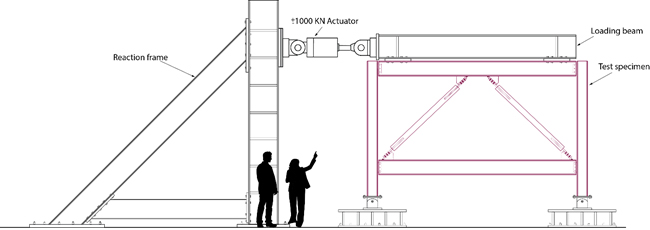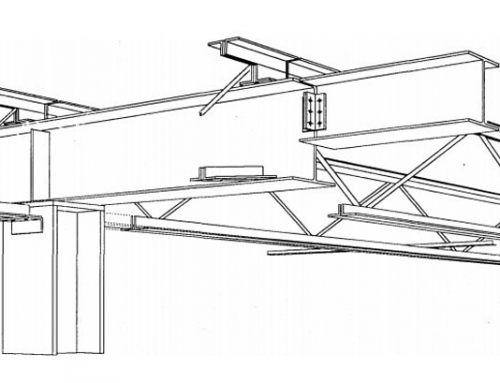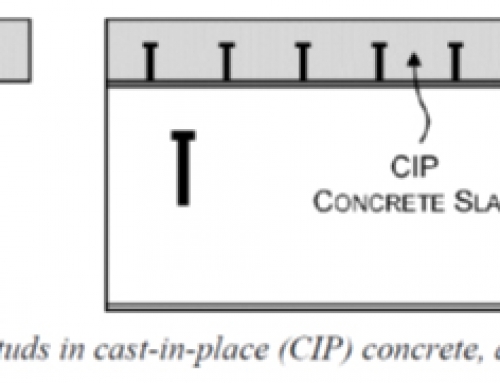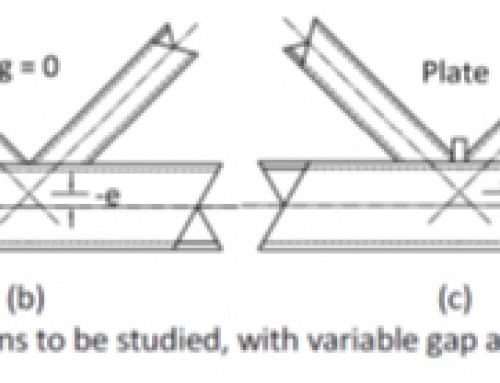2018
Dr. Lydell Wiebe
Assistant Professor
Department of Civil Engineering, McMaster University
Experimental Validation of Seismically Resilient Concentrically Braced Frames with Replaceable Brace Modules.
This project is part of a multi-year effort to develop a new replaceable brace module for seismically resilient concentrically braced frames. The overall objectives of this design concept are to: (1) replace field welding with field bolting, (2) avoid out-of-plane buckling that can cause dangerous damage, and (3) simplify post-earthquake repairs. In this phase of the study, the aim is to conduct large-scale system-level experimental testing to capture the interaction of the replaceable brace modules with the rest of the frame. This testing is required to validate the performance of this system and to ensure that it has the intended ductility and replaceability. Three specific objectives for this project are to: (1) select three column connection details that are expected to meet the specified seismic performance objectives; (2) validate beam-column connections together with replaceable brace modules; and (3) develop guidance for design engineers and detailers to implement this innovative system in practice. It is expected that this system will offer savings in erection time and fabrication costs, thereby enhancing the competitiveness of steel concentrically braced frames.
This project builds on previous research project “An Improved Connection for Seismically Designed Concentrically Braced Frames” conducted by L. Wiebe at McMaster University that was funded, in part, by the CISC.
BIOGRAPHY
Lydell Wiebe received his BASc (2005) and PhD (2013) from the University of Toronto, and his MSc from the ROSE School in Pavia, Italy (2008). He has received the GJ Jackson Fellowship Award (2005) and the HA Krentz Research Award (2015) from the Canadian Institute of Steel Construction. Dr. Wiebe is the Vice Chair of Working Group 9 (Seismic Design) for CSA S16 (Design of Steel Structures) and the Secretary of the Canadian Association for Earthquake Engineering. His research seeks to develop economical ways to improve structural performance, particularly under earthquake loading.





